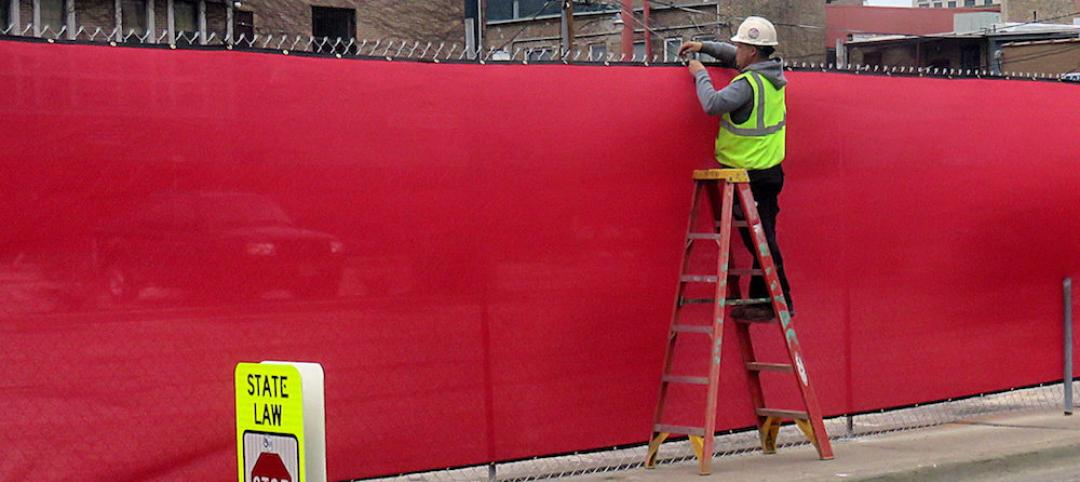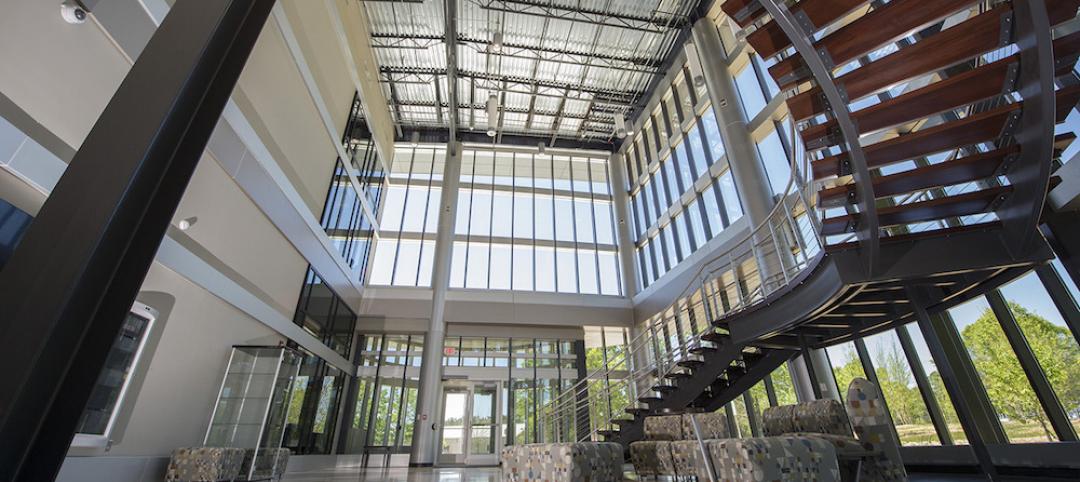The Obama Administration has pledged $1 billion in federal funding to protect the New York City region from flooding like the area experienced from Superstorm Sandy.
The money will go towards the construction of a system of dikes around the tip of lower Manhattan, and water pumps and parks across the Hudson River in New Jersey.
Six projects were chosen from a design competition created by a Hurricane Sandy Rebuilding Task Force and are intended to safeguard low-lying coastal areas. The projects include “The Big U,” an 8-mile long system of dikes around the tip of Lower Manhattan, a series of natural breakwaters—oyster beds and other living reefs—that could absorb storm waters heading for Staten Island, and an initiative to help drain stretches of Long Island.
In northern New Jersey, two projects will create green space to slow storm surges, install water pumps to discharge the runoff, and create additional wetlands and a multi-purpose berm. The projects still must undergo government review, and it would likely be many years before they can be completed.
(http://nypost.com/2014/06/03/feds-announce-projects-to-protect-nyc-and-nj-from-storm-damage/)
Related Stories
Multifamily Housing | Jul 14, 2016
Portland, Ore., City Council approves construction excise tax for affordable housing
Expected to raise $8 million annually on commercial and residential projects.
Drones | Jul 13, 2016
FAA issues final rule on commercial use of drones
The rule covers commercial uses for drones that weigh less than 55 pounds, and it takes effect Aug. 29.
Codes and Standards | Jul 12, 2016
OSHA raises maximum civil penalties by 78%
Applies to infractions that occurred after Nov. 2, 2015.
School Construction | Jul 11, 2016
Fight over school funding in Arizona headed to court
Legislature accused of ignoring 1994 ruling ordering state to pick up some of the costs.
Green Specifications | Jul 8, 2016
World Green Building Council sets goal of 100% net-zero buildings by 2050
All new buildings and major renovations to be net-zero by 2030.
Market Data | Jul 7, 2016
Airbnb alleged to worsen housing crunch in New York City
Allegedly removing thousands of housing units from market, driving up rents.
Urban Planning | Jul 7, 2016
Y Combinator project would build new city using new technology, urban policies
Zoning, property rights, building codes all could be re-imagined.
Green | Jul 6, 2016
U.S. healthcare system’s GHG emissions rise 30% in past decade
If U.S. healthcare were a country, it would rank 13th in GHG emissions.
Codes and Standards | Jul 5, 2016
State legislature fails to pass law to extend design-build for New York City projects
Would have allowed five city agencies to use alternate delivery method.
Energy | Jun 30, 2016
Energy Department partnership with CoStar Group will study sustainability impact on property valuation
Database will offer rich data set on energy-efficient buildings in the U.S.

















